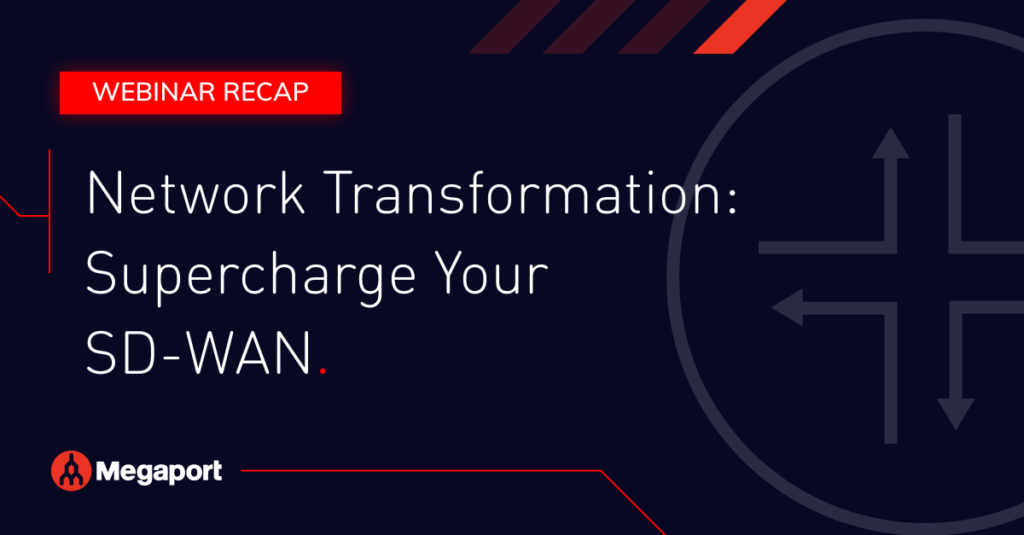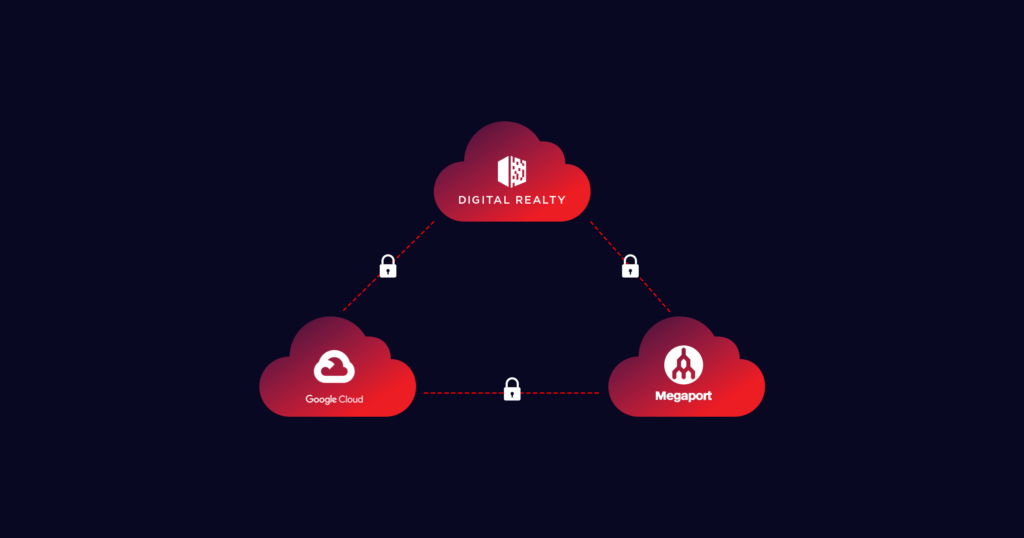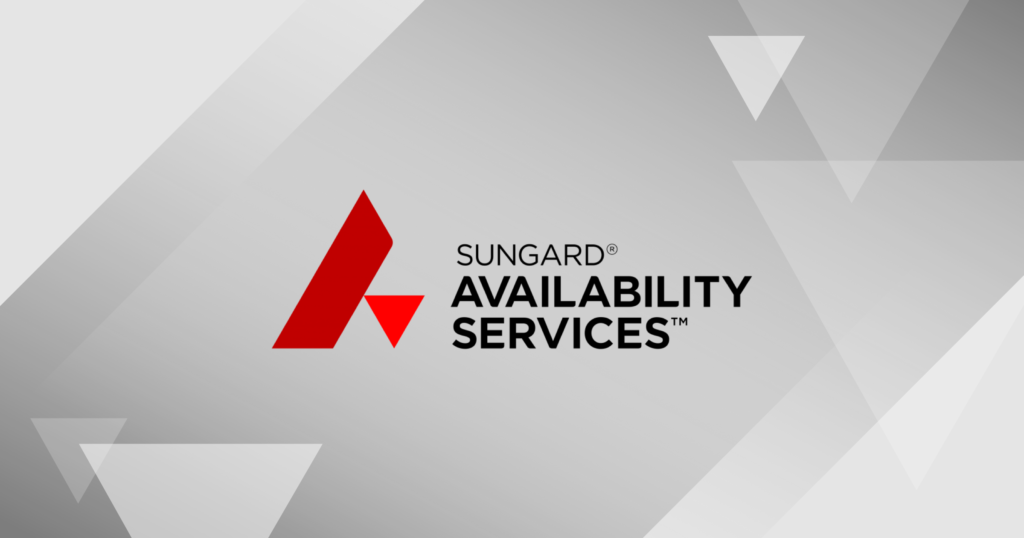
Network Transformation: Supercharge Your SD-WAN Webinar Recap
- Cloud networking
- November 15, 2021
- RSS Feed
Learn how to modernize SD-WAN infrastructure with Megaport Virtual Edge (MVE). Discover key insights from our Network Transformation webinars, including transitioning from MPLS to SD-WAN, multicloud use cases, and leveraging MVE for secure, scalable WAN connectivity. Explore customer use cases and expert Q&A.
Last month, Megaport ran a series of Network Transformation webinars to discuss how to develop a practical and effective SD-WAN strategy. Here’s a recap of what was discussed and a transcript of the Q&A afterward.
Megaport’s Solutions Architects around the globe held webinars discussing ways to modernize an enterprise’s SD-WAN infrastructure by using Network as a Service (NaaS) to deploy faster, reduce opex, and simplify and secure your WAN. Four webinars were held to accommodate different time zones and hosted by:
- North America: Global Head of Solutions Architects - Direct Sales Mike Rockwell, and Ryan Schroeder, Solutions Architect
- Europe: Paul McGuinness, Head of Solutions, EMEA, and Gary Taylor, Solutions Architect
- Asia-Pacific: Mike Rockwell and Mark Austen, Solutions Architect
- Japan: Kimimoto Todaka, Solutions Architect.
The topics discussed included:
- The WAN landscape
- The role Megaport Virtual Edge (MVE) can play in addressing WAN connectivity
- An overview of SD-WAN vendors, and their different terminology and licensing conventions
- The WAN lifecycle and transitioning from MPLS to SD-WAN
- Use cases using MVE
- Customer reference architectures.
We received a number of good questions throughout the webinar, which we’ve transcribed here.
1. Can MVE be run in parallel with MPLS in a POC (Proof of Concept)?
Most certainly. You can still utilize your MPLS network for your production. We have options with our SD-WAN partner vendors where we can set up POCs and virtual environments, and where you can test out our service. So certainly, you can still use your MPLS and still set up your POC with Megaport.
Weigh the similarities, differences, and benefits between SD-WAN and MPLS in our blog.
2. Who’s responsible for the internet and SD-WAN appliance at a branch location?
That is a customer requirement; Megaport is not providing SD-WAN appliances, and we’re not supplying the direct internet access at the branch. With MVE, we’re supplying the compute, and we’re also supplying the IP transit, but we’re not supplying the resources at the branch site.
3. Is there an option for a free trial?
Certainly. Reach out to us! We can talk to you about setting up POCs and trials in conjunction with the vendors that are integrated on the platform.
4. How does Megaport pick where MVEs are deployed?
We deployed those resources within the major markets around the globe, and we’ll continue to evaluate those markets as we move forward. Typically, those MVE sites sit on the core of our network platform and also close to the cloud provider edge locations as well, so typically [there are] short hops from branches to MVE into cloud provider edge networks, and typically all sitting in one centralized location.
5. Do I need to maintain a DNC presence to run MVE?
Certainly not. MVE is a virtual platform. As long as you’re working with one of our SD-WAN providers and you can procure an SD-WAN license, you’re going to deploy that on Megaport compute, so you certainly do not need to have that DNC infrastructure. As we walk through, you can use MVE as a strategy to move away from some of that infrastructure.
Learn how to maximize your investment in SD-WAN by optimizing your underlay network.
6. Can I combine multiple MVEs to achieve service chaining?
Yes, you can. You can combine as many as you wish to deliver [for] additional virtual network functions (VNF). Within MVE, your licensing also allows additional features to be enabled within a single MVE instance. Whatever your requirements are, if they’re deliverable within that license, they’re deliverable within a single MVE.
7. Can I use MVE for multicloud and only have private cloud-to-cloud traffic?
Yes. MVE is fully capable of delivering multicloud architectures. MVE can support 24 VLANs, giving a very large scope for cloud and private VLAN integration. Based on your licenses as well, you can get up to 10 Gbps throughput in the MVE. So you can get large-scale, private connectivity between clouds.
Stay Updated
Keep up to date on Megaport by following us on social media at:
Twitter: @megaportnetwork
LinkedIn: @megaport
Facebook: @megaportnetworks


